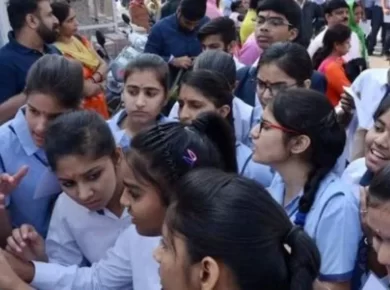Drug Abuse Problem
India, witness on an average 10 suicides per day due to drug abuse. However, going against the popular belief Punjab witnessed just 4 suicides per million as compared to Kerala which had 14.2 suicides per million.
Factors Responsible
- Social factors: Easy availability of drugs, unstable home environment, inadequate parent supervision, use of drugs by peer groups, a part of culture for heavy drinking & partying, highly competitive environment in schools & colleges
- Economic factors: Poverty and unemployment for example agrarian distress in Punjab
- Political factors: Nexus of political leaders with drugs mafia in this lucrative business
- Sometimes people resort to drug abuse to overcome various problems like stress, anxiety disorders, physical ailment or even other form of mental disorder
- The habit of landowners (such as in Punjab) supplying raw opium to farm labourers to make them to work harder, also has contributed to the problem
- Cross border drug trafficking from Pakistan & Afghanistan
Social Impact
- Results in family violence, divorces, abuses and related problems
- On a larger scale it is a threat to social fabric of society as it results in increase in crime rate
- Patients & their family members go through mental trauma & often are ostracized by the society
Economic Impact
- Diversion of gov. resources to fight this problem which could have been used for social welfare programs
- Results in lost human productivity, such as lost wages and decreased production which results from illnesses and premature deaths
- Family member has to spend a lot of resources including time and money for rehabilitation of their beloved ones
Physiological Impact
- Physiological effects of drug abuse vary by the type of drugs
- Common symptons include delay in sleep, nervousness and anxiety in the user
- If abuser stops taking the drug, the body experiences withdrawal symptoms, such as feeling weak, sick, getting hyper and aggressive.
Solutions
- Maintaining a strict vigil at major transit route on international border
- A zero-tolerance policy towards drug cartels, syndicates and peddlers.
- Strict multi-pronged strategy integrating demand reduction, harm reduction & supply reduction
- Preventing diversion of legal cultivation of opium, checking illicit cultivation of opium.
- Effective and affordable rehabilitation centres across the country especially in states with high prevalence
- Integrated approach at De-addiction centre – Treatment not only through allopathy but also through homeopathy, Ayurveda, acupuncture
- Focus on high-prevalence drug groups such as sex workers, transportation workers and street children and focus on their rehabilitation
- Creating awareness among various stakeholders through workshops, conference, nukkad naatak, especially among parents, school students & other susceptible groups
- Including a subject in school curriculum about ill effects of drug abuse and preventive methods will go a long way in solving this issue
Providing clean needles, sterilization equipment etc. to drug users has proved to be effective in Manipur and other countries in reducing secondary damage like spread of AIDS and Hepatitis C.
[clear]Lastly common people must understand that anybody can become drug abuser. Hence society must not ostracize and abuse drug abusers, rather they must intervene positively by atleast bringing the patient to de-addiction centre.




1 comment
very good effort